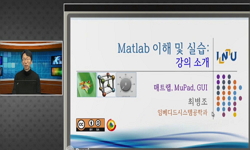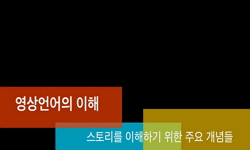For investigating the effect of fuel stratification on flame propagation, initial flame development and propagation were visualized under different axially stratified states in a port injection SI engine. Stratification was controlled by the combinati...
http://chineseinput.net/에서 pinyin(병음)방식으로 중국어를 변환할 수 있습니다.
변환된 중국어를 복사하여 사용하시면 됩니다.
- 中文 을 입력하시려면 zhongwen을 입력하시고 space를누르시면됩니다.
- 北京 을 입력하시려면 beijing을 입력하시고 space를 누르시면 됩니다.
https://www.riss.kr/link?id=A76028887
- 저자
- 발행기관
- 학술지명
- 권호사항
-
발행연도
2006
-
작성언어
English
- 주제어
-
등재정보
SCIE,SCOPUS,KCI등재
-
자료형태
학술저널
-
수록면
519-526(8쪽)
- 제공처
- 소장기관
-
0
상세조회 -
0
다운로드
부가정보
다국어 초록 (Multilingual Abstract)
For investigating the effect of fuel stratification on flame propagation, initial flame development and propagation were visualized under different axially stratified states in a port injection SI engine. Stratification was controlled by the combination of the port swirl ratio and injection timing. Experiments were performed in an optical single cylinder engine modified from a production engine and images were captured through the quartz window mounted in the piston by an intensified CCD camera. Firstly in this paper, the characteristics under no port-generated swirl condition, i.e. normal conventional case was studied. Under various stratified conditions, flame images were captured at the pre-set crank angles. These were averaged and processed to characterize the flames propagation. The flame stability was estimated by the weighted average of flame area and luminosity. The stability was also evaluated through the standard deviation of flame area and propagation distance, and mean absolute deviation of propagating direction. Results show that stratification state according to injection timing do not affect on the direction of flame propagation. The flame development and the initial flame stability are strongly dependent on the stratified conditions and the initial flame stability is closely related to the engine stability and lean misfire limit.
목차 (Table of Contents)
- ABSTRACT
- 1. INTRODUCTION
- 2. EXPERIMENTAL METHOD AND APPARATUS
- 3. RESULT AND DISCUSSION
- 4. CONCLUSIONS
- ABSTRACT
- 1. INTRODUCTION
- 2. EXPERIMENTAL METHOD AND APPARATUS
- 3. RESULT AND DISCUSSION
- 4. CONCLUSIONS
- REFERENCES
동일학술지(권/호) 다른 논문
-
OXIDATION CHARACTERISTICS OF PARTICULATE MATTER ON DIESEL WARM-UP CATALYTIC CONVERTER
- 한국자동차공학회
- B. C. CHOI
- 2006
- SCIE,SCOPUS,KCI등재
-
NONLINEAR ANALYSIS OF SELF-EXCITED VIBRATION IN WHEELED TRACTOR VEHICLE’S DRIVELINE
- 한국자동차공학회
- X.-H. LI
- 2006
- SCIE,SCOPUS,KCI등재
-
PREVIEW CONTROL OF ACTIVE SUSPENSION WITH INTEGRAL ACTION
- 한국자동차공학회
- I. YOUN
- 2006
- SCIE,SCOPUS,KCI등재
-
FRONTAL IMPACT FINITE ELEMENT MODELING TO DEVELOP FRP ENERGY ABSORBING POLE STRUCTURE
- 한국자동차공학회
- A. M. ELMARAKBI
- 2006
- SCIE,SCOPUS,KCI등재







 DBpia
DBpia







